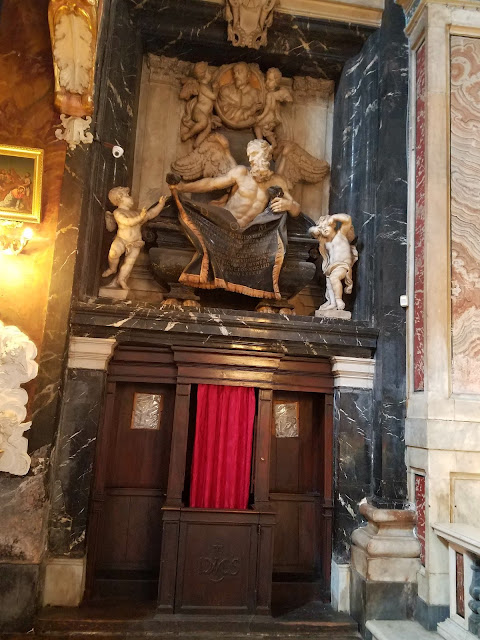Guest Post by: David Martin
Concerning the many "surprise" statements of Pope Francis that have stirred controversy throughout the Catholic world, we've heard the argument for months that the "media is twisting his words" or that "he is being misinterpreted." What it really boils down to is that his words are sometimes shocking and people are in denial about this.
It is true that the media will certainly do their part to stretch his words, but it's time that Catholics come to grips and understand that most of these reports do not misrepresent, but reflect his true position on many Church issues. His own writings and video-taped sermons leave no question as to what he is saying. If we can see and hear him on video, where is the mistake?
For instance, in his sermon at the Vatican Casa Santa Marta this past January, He all but gave the Church a beating for its "obstinate" adherence to tradition. The following is from his sermon on January 18, 2016, as reported by Vatican Radio.
"Christians who obstinately maintain ‘it’s always been done this way,' this is the path, this is the street—they sin: the sin of divination. It’s as if they went about by guessing: ‘What has been said and what doesn’t change is what’s important; what I hear—from myself and my closed heart—more than the Word of the Lord.’ Obstinacy is also the sin of idolatry: the Christian who is obstinate sins! The sin of idolatry. ‘And what is the way, Father?’ Open the heart to the Holy Spirit, discern what is the will of God."
An absurd notion this is that Christians who adore God and who refuse to bow to the idol of change are "obstinate idolaters," but if they bow to strange deities that tempt them with these changes, e.g. the charismatics, women preachers, Communion for adulterers, etc, then they are blessed. For months the pope has been lashing out against conservatives for not showing openness to proposed changes that would include gays and civilly remarried Catholics as regular members of the Church.
Another example of Francis' dissent from Church teaching is his Apostolic Exhortation Amoris Laetita issued on April 8, wherein he denies the Church's dogma on the reality of everlasting punishment for those who sin mortally. "No one can be condemned forever, because that is not the logic of the Gospel! Here I am not speaking only of the divorced and remarried, but of everyone, in whatever situation they find themselves." (AL 297)
Clearly this is his writing, so there is no doctoring of text. The message is quite clear and he puts his heart into what he is saying, so it's a disservice to him and to the Church to pretend he didn't say these things or that he meant something else.
But it's also a disservice to defend his position on these many issues. Melchior Cano, the great Dominican theologian from the Council of Trent, said: "Those who blindly and indiscriminately defend every decision of the supreme Pontiff are the very ones who do most to undermine the authority of the Holy See—they destroy instead of strengthening its foundations."
We can look to the example St. Catherine of Sienna to spur us in the right direction. In the summer of 1376 she went to France and urged Pope Gregory XI to get back to Rome. Through sinful and political manipulation, the residence of the papacy had momentarily been changed to Avignon, France, which proved to be a scandal. Weak and disloyal bishops were influencing the pope to adopt this change, which he did against the tradition of the Church.
Metaphorically, we too must urge Pope Francis to get back to Rome, from which he has dissented on a number of theological issues. His heart and mind belong in the Church, not in the secular world. He too must renounce the Cardinal Kaspers, the feminists, the gays, and the infamous U.N., and not allow these agents to dictate his policy and run his administration.
In a letter to Pope Gregory XI following her trip to France, St. Catherine exhorted the pope to stand up like a man against his advisors, saying, "Up, father, like a man! For I tell you that you have no need to fear."
We make St. Catherine's words our own, and we ask that Francis stand up against the modernists and come to the defense of God's children who at present are being misled and scandalized through his subverted Vatican hierarchy.
And may he consider the true "logic of the Gospel" concerning the everlasting punishment that awaits those who failed in their Christian duties, where Jesus says: "Depart from me, you cursed, into everlasting fire which was prepared for the devil and his angels. For I was hungry, and you gave me not to eat: I was thirsty, and you gave me not to drink. I was a stranger, and you took me not in: naked, and you covered me not: sick and in prison, and you did not visit me... And these shall go into everlasting punishment." (Matthew 25:41-43,46)
























































